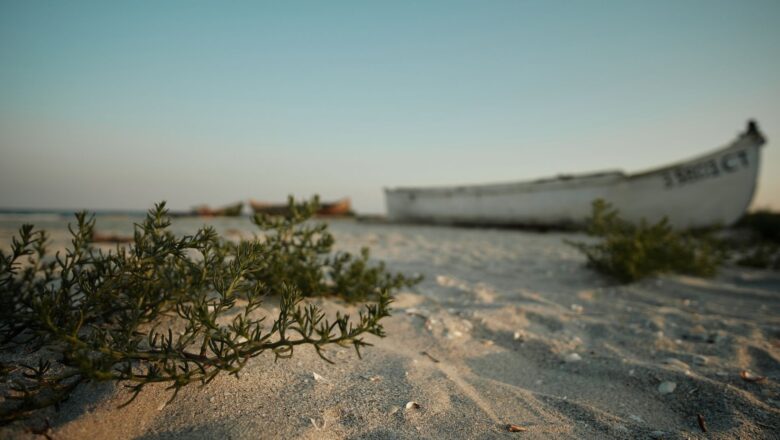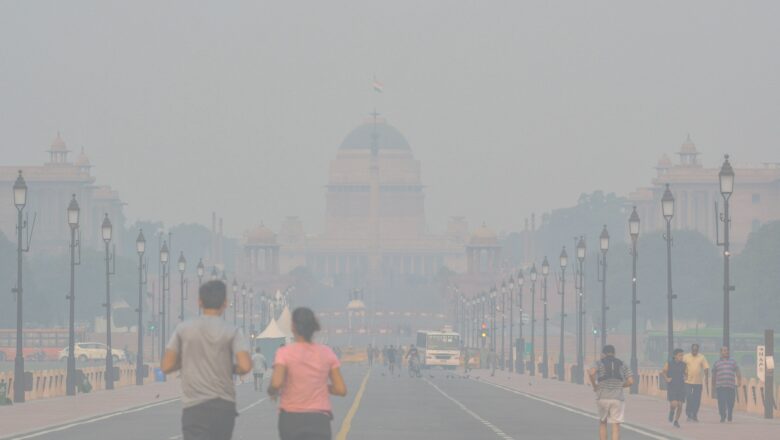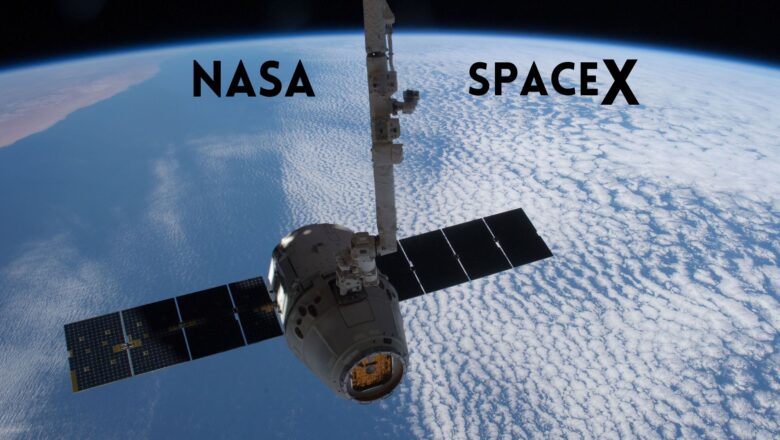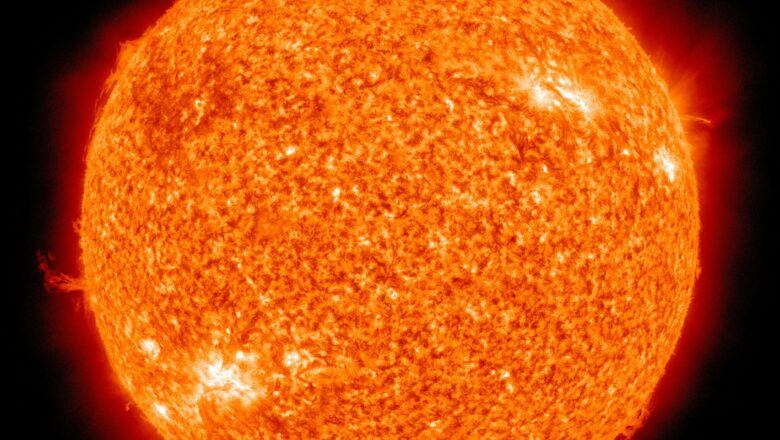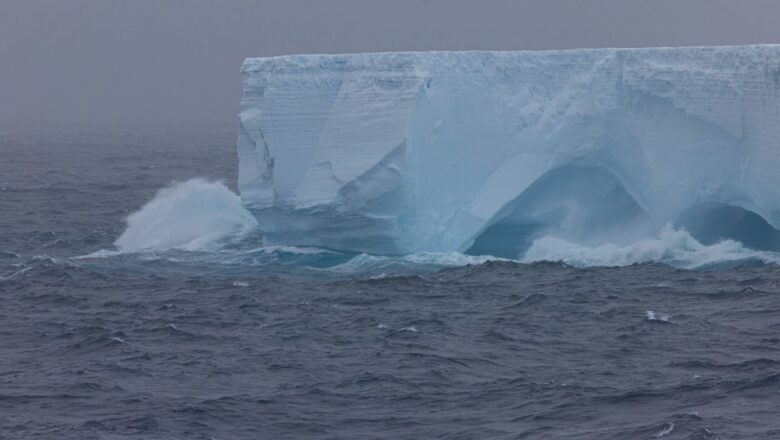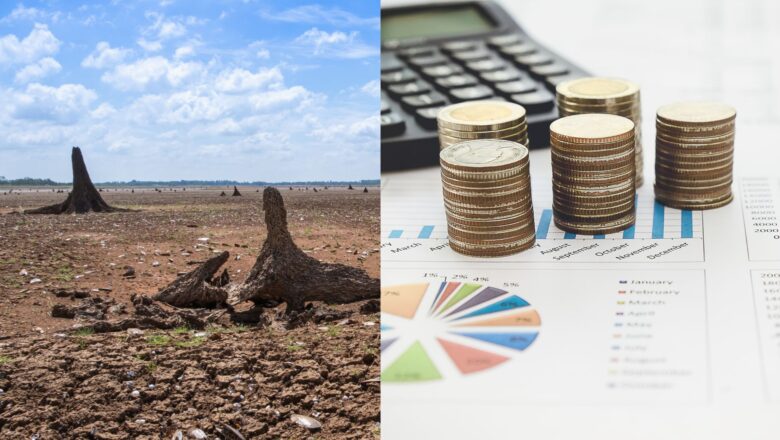
How Developing Nations Can Bridge the Climate Finance Gap
As climate change accelerates, the urgency to address its impacts grows, particularly for the world's most vulnerable nations. Yet, the conclusion of COP29 highlights a stark reality: the gap between climate finance needs and actual funding remains vast. Developing nations face the daunting challenge of mobilizing resources to adapt to and mitigate the climate crisis while grappling with stretched public budgets and limited international support.
The Global Finance Dilemma
Emerging economies require an estimated $1.3 trillion annually to combat the escalating climate crisis. However, developed nations have pledged only $300 billion per year by 2035—a figure that falls significantly short and is expected to lose real value due to inflation. By 2035, this amount may shrink to an equiva...

